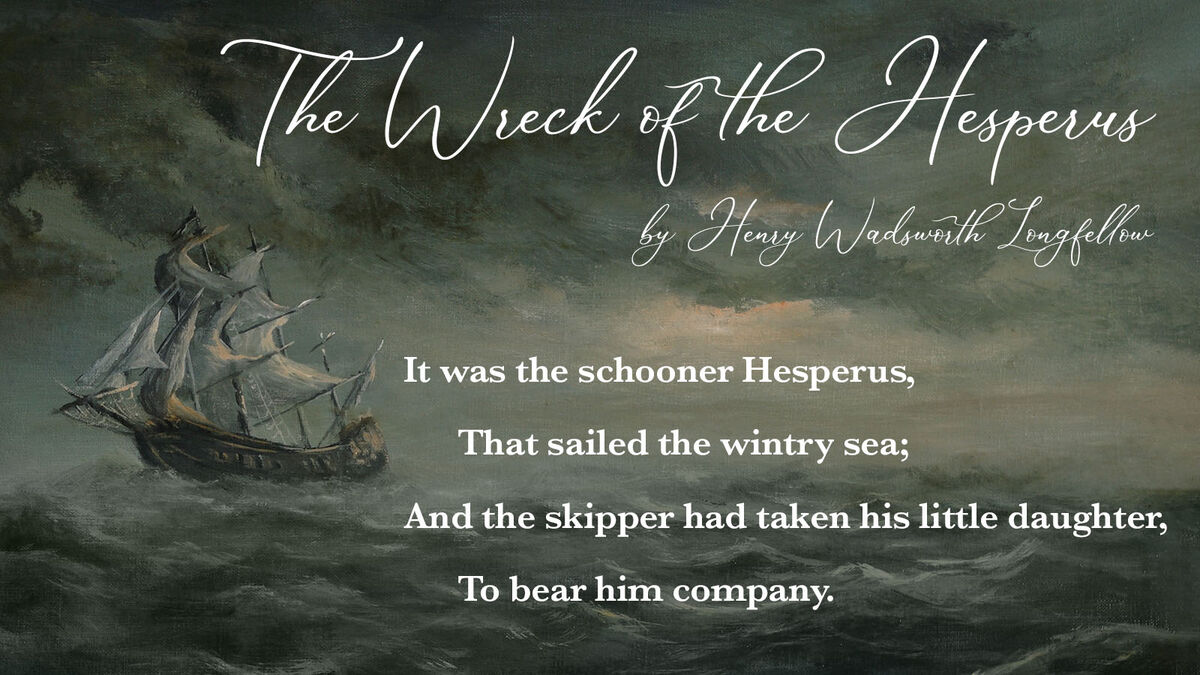
Some of the most famous poems in history are written with quatrains, or four-line groupings. Viewing quatrain examples is a great way to learn about poetic form and see how variation in rhyme schemes and meter can add depth and beauty.
What Is a Quatrain in Poetry?
A quatrain is a rhymed grouping of four lines in a poem. It can be a poem that has only four lines, or it can be a stanza in a longer poem. Many long ballads are written in quatrains, and you also see them as a component of Shakespearean sonnets.
There are two main rules for what constitutes this form:
- Four lines - A quatrain has four lines. If a stanza has more or fewer lines, it is not a quatrain.
- Rhyme - A quatrain must rhyme in some way; however, there are 15 possible rhyme schemes. Slant rhyme is also acceptable.
Famous Quatrain Examples
Looking at quatrain examples can help you see the subtle variations in the rhyme scheme and meter in these poems. The following famous poems use different types of quatrains.
The Chimney Sweeper by William Blake
This famous poem by William Blake tells the sad life story of a chimney sweeper. It’s arranged in quatrains with a rhyme scheme of AABB. This specific type of quatrain is called a double couplet.
When my mother died I was very young,
And my father sold me while yet my tongue
Could scarcely cry " 'weep! 'weep! 'weep! 'weep!"
So your chimneys I sweep & in soot I sleep.
The Wreck of the Hesperus by Henry Wadsworth Longfellow
A staple in many literature textbooks, this vivid and exciting poem by Henry Wadsworth Longfellow is composed of dozens of quatrains. Each quatrain is what is known as a ballad quatrain, consisting of a rhyme scheme of ABAB with a set meter.
It was the schooner Hesperus,
That sailed the wintry sea;
And the skipper had taken his little daughtèr,
To bear him company.
Elegy Written in a Country Churchyard by Thomas Grey
A variation on the ballad couplet with a defined rhythm of iambic pentameter, the heroic stanza or elegiac stanza is another important type of quatrain. This well-known poem by Thomas Grey is an almost perfect example, although he has very slight variations in his patterns of stressed syllables in each ten-syllable line.
The curfew tolls the knell of parting day,
The lowing herd wind slowly o'er the lea,
The plowman homeward plods his weary way,
And leaves the world to darkness and to me.
In Memoriam by Alfred, Lord Tennyson
Alfred, Lord Tennyson wrote his beloved poem In Memoriam in quatrains, specifically what is known as an envelope or memoriam quatrain. This type has a rhyme scheme of ABBA and often used iambic tetrameter for the meter.
Forgive these wild and wandering cries,
Confusions of a wasted youth;
Forgive them where they fail in truth,
And in thy wisdom make me wise.
Because I Could Not Stop for Death by Emily Dickinson
One of Emily Dickinson’s most famous poems, Because I Could Not Stop for Death is an excellent qualtrain example. This poem uses four-line stanzas with an ABAB rhyme scheme, but the meter has some variation. It’s a loose version of a ballad stanza, but Dickinson liked to break the rules a little by varying her meter within the stanza.
Because I could not stop for Death –
He kindly stopped for me –
The Carriage held but just Ourselves –
And Immortality.
Stopping by Woods on a Snowy Evening by Robert Frost
This beloved poem by Robert Frost uses an ancient form of quatrain in its construction. The ruba’i was first developed in the 11th century by Omár Khayyám, and Frost uses it to great effect in his pensive winter poem. The rhyme scheme of AABA is very distinct and creates a sing-song tone.
Whose woods these are I think I know.
His house is in the village though;
He will not see me stopping here
To watch his woods fill up with snow.
First Fig by Edna St. Vincent Millay
Some poems are made of a single, self-contained quatrain and not a series of stanzas. First Fig by Edna St. Vincent Millay is a famous example of this type of poem.
My candle burns at both ends;
It will not last the night;
But ah, my foes, and oh, my friends—
It gives a lovely light!
Recognize Stanza Forms
A quatrain always has four lines, but there’s a great deal of variation when it comes to the meter and rhyme scheme used. Another important poetic stanza form is the couplet, which has less variation. If you learn about both of these stanza forms, you’ll recognize them in most of the classic poetry you read.